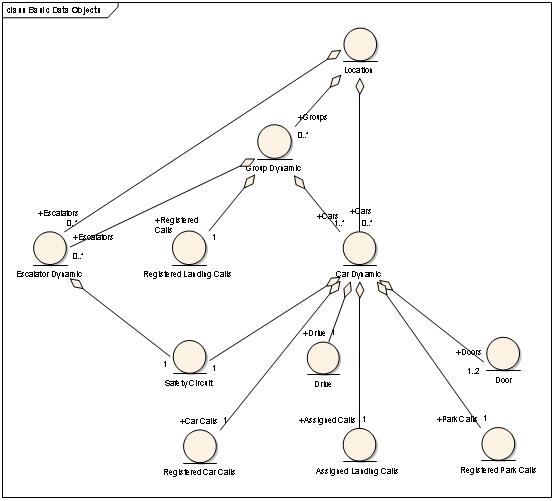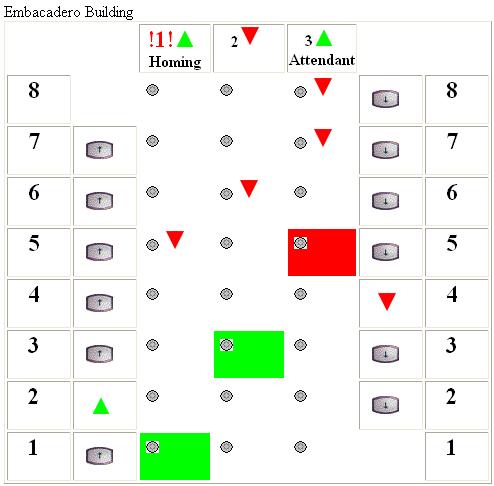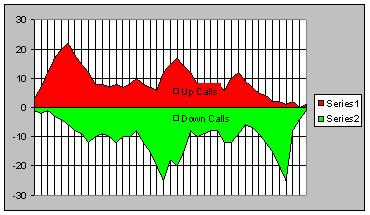Scope
The standard is designed to be universally applicable
and is envisaged as being the medium for communicating a wide variety of messages
within the elevator industry application domain. For example:
- Hardware events such as call button presses,
door operation, etc that would be input to car and group controllers.

- Time (and date) stamped logged data such as
would be communicated to mimic and monitoring equipment. This could equally
be output by operational controllers (both single car and group) or from
simulation programs.

- Analysis data such as average system response
time and a performance index for monitoring and fault diagnosis.

- Traffic and system configuration data for defining
simulation runs
.
(NB Although the above list talks about controllers,
loggers, etc. there is no requirement for the information to be passed over
communications link between two pieces of hardware. The standard is equally
valid for communication between software components that may well be running
on the same computer hardware).
As such it covers:
- Static information such as elevator system
characteristics - number of floors served, acceleration profiles, car configuration,
etc
- Dynamic "event" data - door opened,
direction change, floor change, etc
- A number of types of "cycle" - door
operation cycle, a trip from one floor another, a call lifecycle including
registration, assignment, re-assignment and cancellation.







